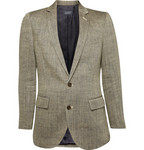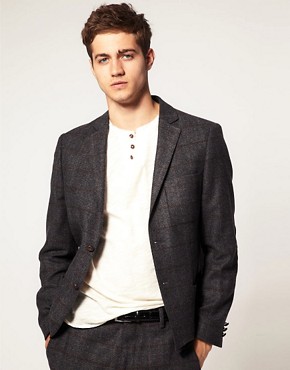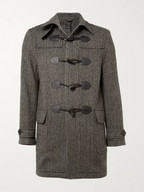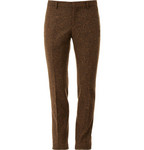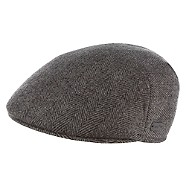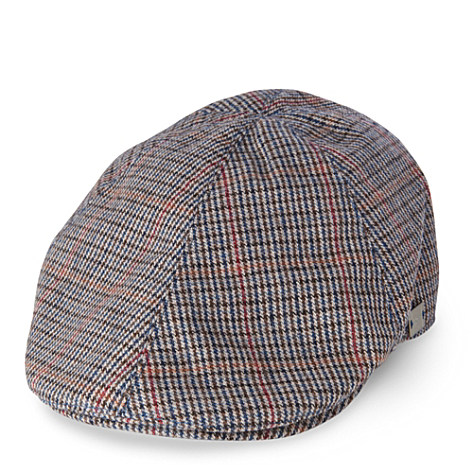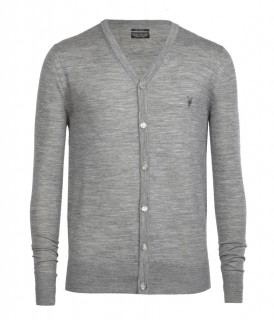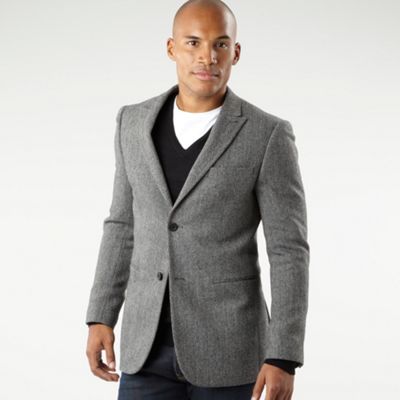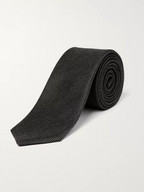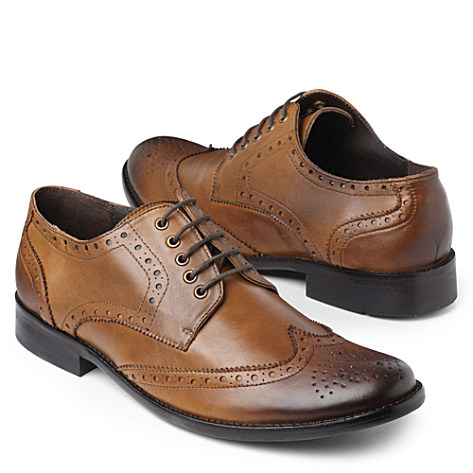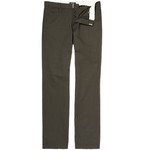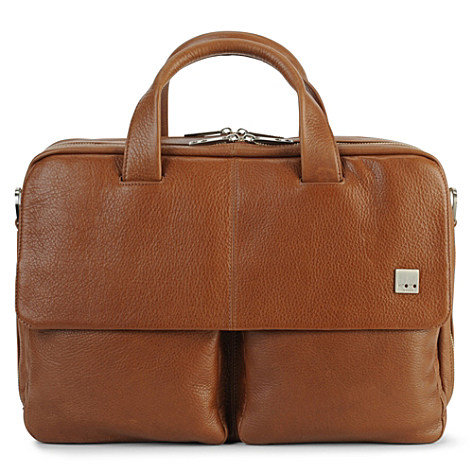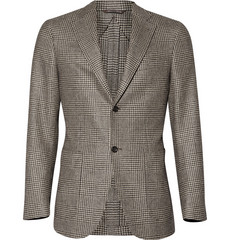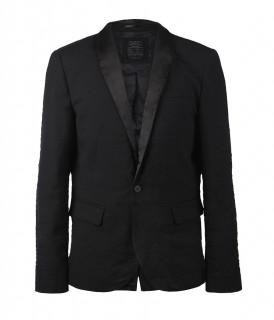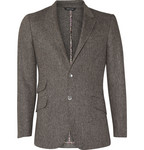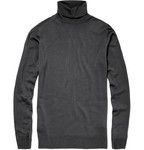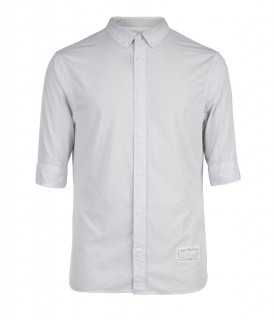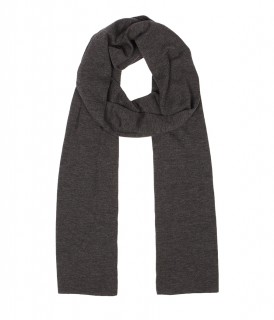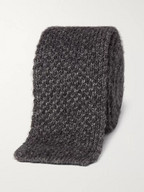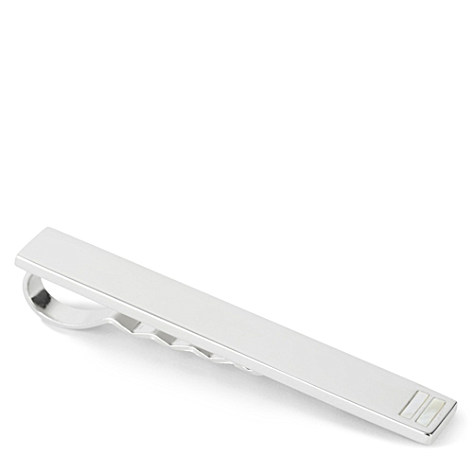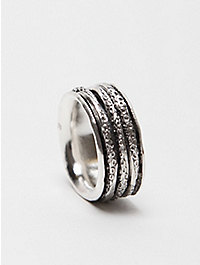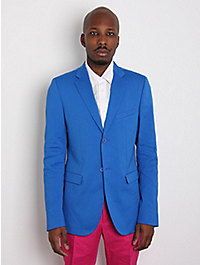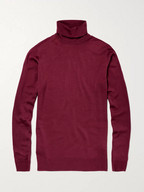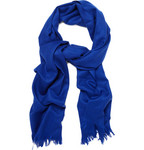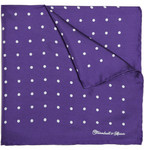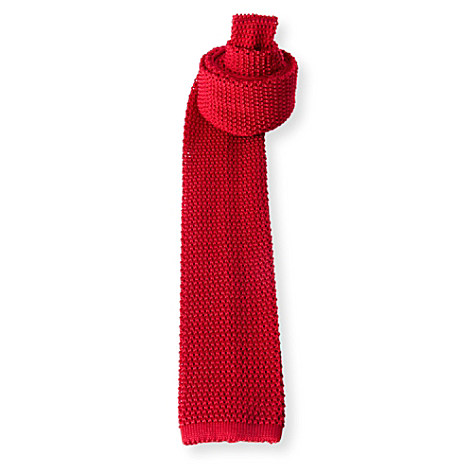Introduction
Though this article might seem extortionately early, the world is moving so quickly these days that Harrods and Selfridges currently have Christmas displays on show. Whether you can bear to accept it or not, the end of summer is nigh, and with September, fall season comes into bloom. For the autumn/winter shows, designers have routinely used the more earthy hues that typifies the fall season. Tweed falls right into that category.
The traditional view is that tweed comes out in winter, when the temperature drops and we relate the material specifically to the country folk whose job makes a hard wearing jacket that keeps you warm a prerequisite. However, modern tailoring and materials have enabled the tweed jacket to crossover and become wearable in the city; where the weather tends to be a little warmer, the cuts a little sharper, and the softer fabric being more pleasant to wear.
Tweed: History
Tweed was first developed during the mid-1800s on the islands off the coast of Northern Scotland: the Isles of Harris, Lewis, Uist and Barra. This is where Harris Tweed, for many the standard-bearer for all natural textures, was created and perfected over the years – with local wool used to make tweed by hand. In an effort to protect its authenticity and originality, there is an Act of Parliament that states tweed cannot be made anywhere else in the United Kingdom other than on those small Scottish islands. One might infer that the government are choosing to protect an element of style, however far-fetched the idea may seem.
Tweed, in Scottish Gaelic, translates to mean ‘the big cloth’. The reason that tweed comes in many different patterns is due to the nature of the cloth; it is a weave rather than a fabric that exists with one irreversible and un-manipulative pattern. The roots of tweed can be found on the moors of Scotland, where it was worn by Scottish hunters as a form of camouflage, helping them blend into the surrounding landscape. Rather than hiding such a statement piece, these days one of the primary functions of tweed is to allow fashionable males like ourselves to stand out for all the right reasons. In this way, one can notice how the purpose of tweed has evolved over time, proving the cloth to be very utile.
Further evolution has taken place with regards to the adaptable aspect of tweed – once tweeds were so rough in texture that they would scratch your skin and make you feel uncomfortable, yet in modern versions the material has been developed so that is now softer and more flexible – adjusting to the requirements of the modern sartorial gent. For the most authentic variety, there is a reason Harris Tweed is so coveted and protected. The trademarked wool hand-carded, hand-spun, and hand-woven by individual crofters on Scotland’s Outer Hebrides is quite literally,where it’s at. It is a little rough on the outside, but consequently durable and waterproof. Make sure you find the Orb logo that has identified every piece of Harris Tweed for a hundred years, and you’ll know you’ve got the good stuff.
Tweed Look Book
Tweed: A Commentary
You would have to have been living on Mars for the last year to be unaware that vintage classics are very much on trend and prominent on the catwalks. Tweed, just like the aged style of choice for many of the infamous designers of today, partakes in the idea that ‘old is new’. Arguably, fashion is often like that. It consistently looks at the past in an effort to move forward, but such is the age of this fabric, that it existed long before the concept of highlighting trends by having stunning men and women show them off on an elongated walk. Thus, the description of tweed being new due to its ‘fashion’ age should not be celebrated. It is more like celebrating a 50th birthday – you give thanks for the fact that you are still living and have many fantastic memories. Tweed in my opinion should not be caught up in the hype of the modern-era; it should be respected and admired for standing the test of time, and the closets of many people – Timelessness.
There are many reasons designers have recently started to create more ready-to-wear lines, no reason less influential than the depression we find ourselves in at the moment. The focus on the catwalk seems to be on times post the second-world war (see the recent
50s and
60s trends), where the country was in the middle of an era that focused on conventional and consistent dress; conformism was high. However,
buying tweed is a financially responsible purchase. With tweed, it is highly unlikely that anyone will regret purchasing the garment –
for it is never out of style. Admittedly there may be seasons when it is out of fashion, out of the magazines and off the catwalks, but you can decide
whether you want to be trendy or stylish.
At the moment, you’re sure to be both. Tweed jackets are also among the most versatile jackets out there; they can be worn out in the woods, in the office or out on the town, and never look out of place.
Bruce Pask from The New York Times Style Magazine comments: “There’s been more care paid to the practicality of tweed. I think the washed, unstructured look that’s been a big movement in men’s fashion in general — unconstructed jackets, jackets that are unlined or half-lined or washed-cottons — I think have made tweed more accessible and also more comfortable.”
As Pask alludes to above, no longer do these garments look or even feel like your grandfather’s lacklustre, standard tweed jacket. This has something to do with tweed’s decline in the 1960s when they were stiff to the point of being un-manageable, coupled with a weight so heavy that it was useless for those that wore it to keep warm, as it would wear them down. The fabric has been softened, the style brought bang up to date, with a tweed jacket being a great way to add texture and flair to your blazer collection.
Despite recognition that fashion is amongst the closet of our ancestors at the moment, as the highly-esteemed Mr Ralph Lauren says: “If you’re in fashion, you’re going to be out of fashion.” Yet such fabric simply adds a different dimension to the over-used ‘timeless’ phrase; a dimension that is far more acceptable and ordinary and even true to the definition – not quite like the fashions from the last twenty years.
How To Wear: Tweed
Tweed is an inherently outdoorsy cloth, and to play on that effect you want shoes that have roots within the same ideals. A round-toe suede or leather boot would work, as would brogue boots. Brogues in particular has roots firmly within country clubs and the countryside, where they were often utilised on hunting trips. These days however, they are more likely to be seen walking in the centre of your local city, such is the rise of their popularity within the fashion community.
Tweed with brogues, a modern take:
On the subject of history and the great out-doors, going for a completely country inspired look is a easy way to wear the trend. Think earth tones and country inspired pieces mixed with more fashion forward cuts and silhouettes. In the look book above [top right] you can see exactly how to pull this look off effectively. Green, brown and khaki hues always coordinate well together, and by contrasting your tweed jacket against some modern fashion hiking boots and a pocket square, it modernises the jacket and brings the country look into the city.
On the
official Harris Tweed website, you will find many different garments and accessories available to buy in tweed. Purchasing a tweed wallet may set you apart from the crowd, whilst a waterproof bag may be a viable sensible option. Some items on the website, such as the ‘Harris bomber jacket’ really cut a modern edge to an otherwise traditional collection.
Pask again has something interesting to say on wearing tweed, in particular the mixing of tweed and other fabrics which he finds “most interesting.” He continues by observing that being clad head-to-toe in tweed can look “costumey”so mixing tweed with a denim piece is a look he advises. Wearing a tweed cap with a denim jacket that has a shearing collar might not work as it is crossing paths with a different era and style that represents two completely individual concepts. But keeping it simple with a good pair of indigo jeans and a glen-plaid check, coupled with a pair of tan coloured brogues will be ticking all the right boxes:
As we learnt at the beginning, tweeds are composed of varying shades of yarn woven closely together, which gives the fabric a real sense of depth. Usually tweed is in a brown or green colour, although setting yourself a part is possible with ten different patterns to choose from. Glen plaid check is probably the most popular, followed by Herringbone. However to show some passion or even some patriotism, opting for the tartan pattern tweed would make something of a statement.
If you are thinking about investing in a tweed blazer, one way to coordinate it within your outfits would be to pick out one of the more subtle colours in the tweed and match it with similar coloured chinos or trousers. This attention to detail helps develop a subtle sense of style, where those who know what to look for and admire the details will appreciate the effort – whilst the others can just admire your tweed jacket!
As for wearing additional textures (other than denim) with tweed, wool or a fine-needle cord is about as far as I would ever go, though some of you might be far braver than I am, and if you feel confident then I am sure you can pull it off. In the look book above we see a great tweed and cord trouser combination [top left], which would look great this autumn/winter:
Conclusion
Tweed is a fabric which is draped in history and tradition, which has been brought bang up to date for those looking to separate themselves from the crowd. Whether you opt for the classic tweed blazer, or something you can integrate without much thought – tweed trousers, accessories, polos and the like – it is sure to add another dimension and texture to your look. Modern tweeds are infinity more wearable and have moved away from the traditional country club look, enabling them to be worn by country folk and city boys alike. But what do you think?
- Will you be investing in tweed this year?
- If so, what will you be purchasing?
- Have you already got on this trend? If so, how do you wear it?
- Will this be a trend that really takes off this year?


